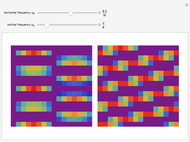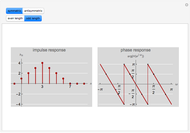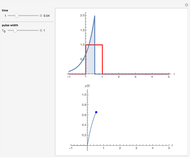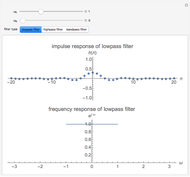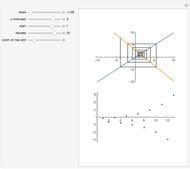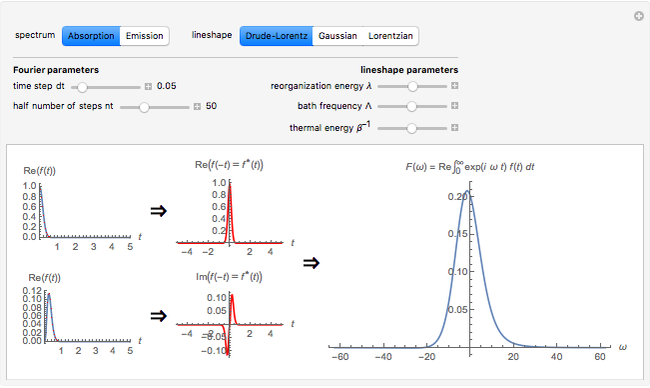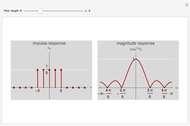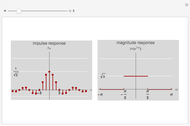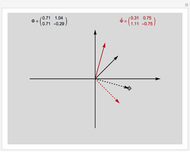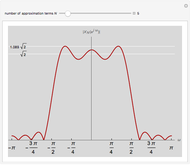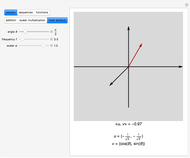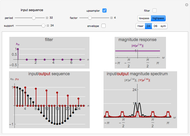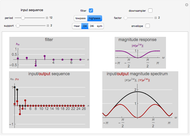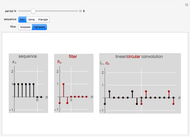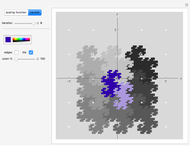Equivalence of Linear and Circular Convolutions

Requires a Wolfram Notebook System
Interact on desktop, mobile and cloud with the free Wolfram Player or other Wolfram Language products.
This Demonstration studies the equivalence of linear and circular convolutions. In signal processing, linear convolution (or simply convolution) refers to the convolution between infinitely supported sequences and filters, while circular convolution refers to the convolution between finitely supported and circularly extended sequences and filters (circular extension makes such sequences and filters periodic).
[more]
Contributed by: Jelena Kovacevic (July 2012)
Open content licensed under CC BY-NC-SA
Snapshots
Details
Given a sequence  and a filter with an impulse response
and a filter with an impulse response  , linear convolution is defined as
, linear convolution is defined as

The discrete-time Fourier transform (DTFT) of the linear convolution is the product of the DTFT of the sequence  and the DTFT of the filter with impulse response
and the DTFT of the filter with impulse response  ; in other words, linear convolution in the time domain is equivalent to multiplication in the frequency (DTFT) domain.
; in other words, linear convolution in the time domain is equivalent to multiplication in the frequency (DTFT) domain.
Given a length- sequence
sequence  and a filter with a length-
and a filter with a length- impulse response
impulse response  , circular convolution is defined by
, circular convolution is defined by
 .
.
The discrete Fourier transform (DFT) of the circular convolution is the product of the DFT of the sequence  and the DFT of the filter with impulse response
and the DFT of the filter with impulse response  ; in other words, circular convolution in the time domain becomes multiplication in the frequency (DFT) domain.
; in other words, circular convolution in the time domain becomes multiplication in the frequency (DFT) domain.
Reference
[1] M. Vetterli, J. Kovačević, and V. K. Goyal, Foundations of Signal Processing, Cambridge: Cambridge University Press, 2014. www.fourierandwavelets.org.
Permanent Citation















